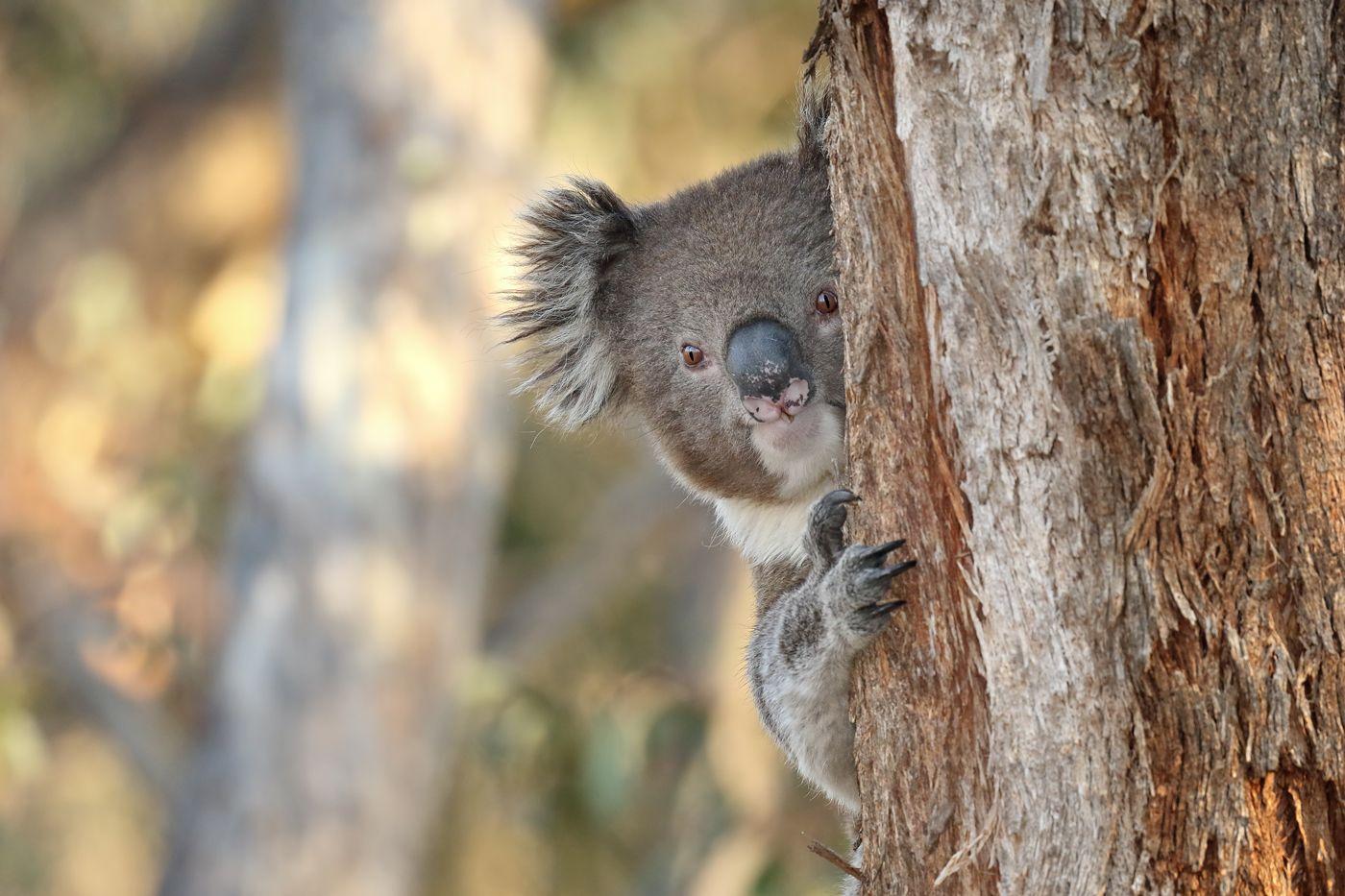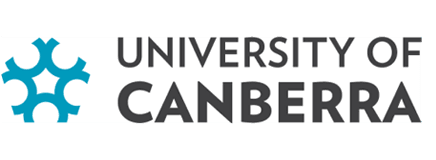Minn's Government Koala National Park decision a major boost for nature

Koalas won't be the only threatened species to benefit from the new national park. Image: Patrick Kavanagh CC BY 2.0 DEED / Flickr
Media Release
8 September 2025
The Biodiversity Council has welcomed the NSW Government’s landmark decision to create the full 176,000-hectare Great Koala National Park — one of the most significant conservation outcomes for the state in recent decades.
176,000 hectares of state forest will be added to existing reserves and parks inland of Coffs Harbour to create a national park with a total size of 476,000 hectares.
“This is a huge win for koalas and nature,” said James Trezise, CEO of the Biodiversity Council. “By protecting the forests that an estimated 12,000 koalas call home, the Minns Government has drawn a line in the sand against the destruction of Koala habitat in northern NSW and taken decisive action to secure the future of one of Australia’s most loved species.”
The park will also safeguard habitat for more than 100 threatened species and strengthen the resilience of forests that provide clean water, carbon storage and cultural values.
“This decision shows what’s possible when governments listen to science and community voices,” Trezise said. “The Great Koala National Park will not only protect threatened species, it will underpin a thriving nature-based tourism economy that benefits regional communities for generations to come.”
"We look forward to the formal gazetting of the park next year"
Biodiversity Council member and Bundjalung knowledge holder Oliver Costello, said: “This new national park will need a lot of Custodianship and the return of good fire and other restoration practises to bring it back to better health.
“It is important that the NSW Government recognise and work closely with the Aboriginal custodians of these forests on that work.”
Biodiversity Council member Distinguished Professor David Lindenmayer AO, said, “This is a victory not only for the Koala but all forests biodiversity.
"It is also a true win for the NSW economy as the native forest logging industry has been hemorrhaging 100s of millions of dollars every year at taxpayers expense”.
Biodiversity Council Co-Chief Councillor Professor Hugh Possingham FRS, said, “The forests in that region are of exceptional biodiversity conservation value.
"They will deliver tourism, carbon sequestration, flood protection and many other benefits. Old trees are far more valuable for society living, than dead in a sawlog.”













